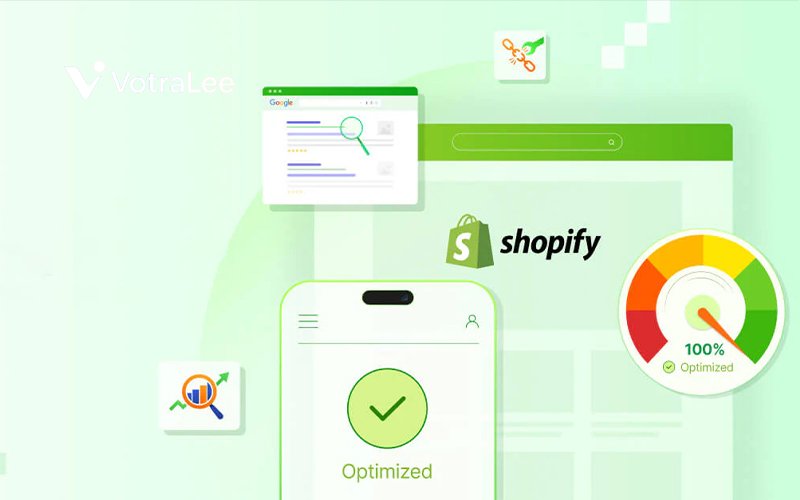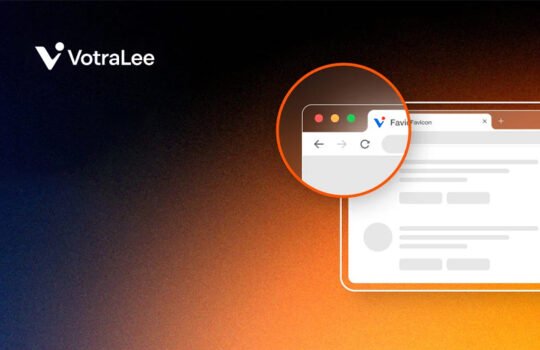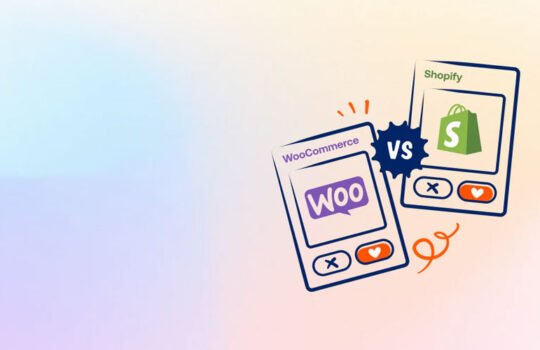If you’re running a Shopify store, you know speed and performance are key to your ultimate success. In this case, technical SEO is what you need in your league. Do not get away with the name, it is much simpler and easy to do and achieve greater benefits out of it.
In this blog, we’re going to explore how to make your Shopify site faster and smoother, with some secret top-notch technical SEO tips for Shopify. Ready to speed things up? Let’s get started!
Understanding Site Speed and Performance
Site speed and performance are important elements since they not only influence search engine rankings but also user experience and conversion rates. Site speed refers to how quickly your web pages load when someone visits your Shopify store. Fast-loading pages contribute to a smooth, enjoyable shopping experience. It encourages the visitors to stay longer and explore more of what you have to offer.
The performance of your website includes how quickly it responds to user interactions. It includes the stability of content as it loads, and the consistency of the user experience across different devices and network conditions. A high-performing Shopify store not only loads quickly but also operates smoothly. It ensures that customers can browse and shop without any glitches or delays.
Common factors affecting shopify site speed
Several factors can affect the speed of a Shopify site. Apart from the technical aspects of the website design the types of content also matter. But what exactly slows down a Shopify site
ECommerce theme selection
The choice of theme is foundational to a Shopify store’s speed. Some themes are generally faster. It’s because of their cleaner, more efficient code, and a focus on speed optimization. For instance, Shopify professionals and users recommend the Dawn theme. The theme has an emphasis on speed, characterized by its minimalist design and efficient code structure.
Themes with heavy visual elements, complex layouts, and excessive JavaScript can slow down a site. A study by Shopify revealed that switching to a speed-optimized theme could significantly enhance site performance.
No image compression
Unoptimized images are one of the most common reasons for slow Shopify site speed. Large image files take longer to load. Shopify automatically compresses images and converts them to the WebP format for better performance. Further optimization, such as resizing and cropping images before uploading them, can lead to even faster load times. For example, a Shopify store reduced its average page load time by 2 seconds after optimizing all product images.
Excessive use of apps
Shopify apps add functionality to a store. Each installed app can introduce additional code that needs to be loaded, which leads to slowing down the site. According to Shopify professionals, stores with a high number of installed apps have slower load times compared to those with fewer apps. It’s recommended to regularly audit installed apps and remove any that are not essential to store operations.
Use of third-party scripts
Third-party scripts for analytics, chatbots, etc can impact site speed. Each script adds to the total number of HTTP requests a page makes, increasing load times. For instance, a Shopify store reported a 1-second improvement in load time after minimizing the use of third-party scripts.
Server response time
Server response time also affects site speed. Shopify uses a global network of servers to ensure fast response times. Still, factors such as the customer’s location relative to the server impact the loading speeds. Shopify’s use of a Content Delivery Network (CDN) helps mitigate this by storing site content on servers around the world, ensuring faster access regardless of the user’s location.
Liquid code efficiency
Shopify themes are built using Liquid. It’s Shopify’s templating language. Inefficient or excessive use of Liquid code can slow down a site. Optimizing Liquid code by reducing complexity and removing unnecessary loops can improve site speed. For example, a Shopify Plus merchant saw a 20% improvement in site speed after optimizing their Liquid code.
Lack of mobile optimization
A significant portion of internet traffic comes from mobile devices. That’s why mobile optimization is crucial for site speed. A mobile-optimized site with responsive design and optimized images load faster on mobile devices. It will be providing a better user experience. Google’s mobile-first indexing further underscores the importance of mobile optimization for SEO and site performance.
Technical SEO Tips for Shopify Site Speed Improvement
Technical SEO for eCommerce is a must. To optimize your Shopify site and bring it at the best speed to achieve a complete height of user experience, here are some effective technical SEO basic practices for your Shopify store.
Optimize images
Shopify Image optimization is a crucial aspect of enhancing the speed and performance of Shopify stores. High-quality images are essential for showcasing products effectively. But they can slow down a website if not properly optimized. For example, heavy images add a 75% slowdown to the speed of the site load.
Optimizing images involves compressing them to reduce file size without quality compromisation. Also, ensure images are correctly sized for their intended use on the site. This process not only improves page load times but also contributes to a better user experience and higher search engine rankings, as Google considers page speed a ranking factor.
Generally, a Shopify store has thousands of product images. Doing all image optimization one by one could be a huge hassle. But with the right tools, you can do it all within a blink of an eye. Tools like StoreSEO can compress images, bulk image optimization, and check other SEO factors for your Shopify store to make it 100% search engine friendly and well optimized.
Minimize the use of shopify apps
Shopify apps can significantly enhance the functionality of an online store, offering features ranging from marketing and sales enhancements to customer service improvements. However, the overuse of apps can have a detrimental effect on site speed, which is a critical factor for user experience and SEO. Slow-loading sites can lead to higher bounce rates, reduced engagement, and lower conversion rates. Therefore, it’s essential to strike a balance between functionality and performance.
Each app installed on a Shopify store can potentially add extra code that needs to be loaded and executed. This can include JavaScript, CSS, and other assets that increase the number of HTTP requests and the overall page size. Apps that load code as the page loads can particularly affect the time it takes for a page to become interactive.
Choose a fast and mobile-friendly theme
A theme is essentially the backbone of your store’s design. It gives the visual layout, user experience, and to a large extent, the loading speed of your store. A well-coded, lightweight theme can quickly reduce page load times. As a result, it increases the site speed and SEO scores. Choose themes that are optimized for speed. Some of them are known for their fast loading times and are highly recommended for Shopify stores.
Also, look for themes that adopt a mobile-first design approach. Mobile-first themes ensure that your store is accessible and user-friendly on smartphones and tablets. Themes like “Zest” are examples of mobile-first designs that cater to the growing number of mobile shoppers.
Themes with fewer animations, sliders, and complex features tend to load faster. The “Craft” theme, for example, offers a minimalist design that focuses on speed and simplicity, making it an excellent choice for stores prioritizing performance.







